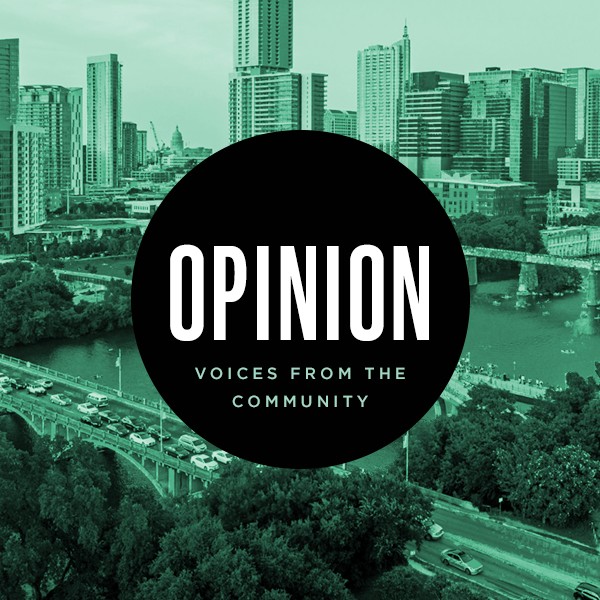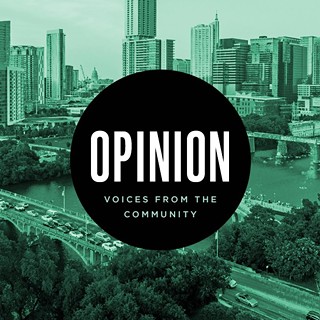My first real introduction to scientific research made me nauseous. I was on a NASA research flight, an intern on a team collecting air quality data. Takeoff went smoothly, and we rose quickly to cruising altitude. Over the flight radio, the pilot calmly explained that our first task would be to measure the air directly above a station on the ground – which sounded easy enough. However, soon we plunged into a tight downward spiral, and I watched as the passengers – tenured professors, engineers, and student-interns alike – reached for their vomit bags.
Facing funding cuts, mass layoffs, and hiring freezes, the American scientific enterprise is currently locked in an analogous downward spiral. Slashing the budget of organizations such as the National Science Foundation, the National Institutes of Health, and the National Oceanic and Atmospheric Administration does irreparable damage to science and threatens the American people.
Reducing federal science funding is simply a bad investment. It will stifle innovation and hurt the U.S. economy.
I grew up in South Austin, where my family still lives today. Inspired by really good physics teachers, Mark and Nancy Misage at Westlake High School, I decided I would be a scientist, but at the time I had little idea what that meant. My path forward was largely sponsored by the U.S. government. I held three internships: the NASA Student Airborne Research Program mentioned above, and later two NSF-funded research projects. Now, I am a Ph.D. student at MIT researching air pollution from wildfires. I worry that future students won’t be afforded the same opportunities and may be discouraged from pursuing scientific careers. Already, similar undergraduate programs are being eliminated, and graduate schools, faced with limited support, are admitting fewer students.
Toward the end of our flight, after everyone had recovered, we flew low over the ocean, where cargo ships stretched out toward the horizon off the coast of Los Angeles. Chatter filled my headphones – we were seeing alarmingly high concentrations of toxic chemicals from those ships, and they were blowing straight into port. People on the ground, enjoying their sunset view, had no idea what they were breathing in, and they would have no way of knowing without scientific observations, including the ones being taken on our flight.
Each city faces a distinct challenge in managing its air pollution. I remember being in middle school when wildfires devastated Bastrop and Spicewood in 2011. During the summer, Austin is regularly hit with dust from the Sahara Desert blown across the Atlantic, and wildfire smoke blown up from Mexico. In recent years, more 100-degree days have led to exacerbated smog pollution. We know these things because of data collected and analyzed by organizations like NOAA and EPA. This holds communities accountable to enact the policies necessary to limit emissions and ensure healthy air. The work remains important; around half of the U.S. population is breathing in unhealthy levels of air pollution – and unfortunately this includes Austin.
Despite bipartisan support for scientific research, proposed cuts jeopardize intricate systems of discovery, monitoring, and regulation like the one constructed to manage air pollution. The same story is playing out in other fields: cancer research, renewable energy, extreme weather forecasting, and so many more. We will lose the capacity to treat diseases and monitor certain dangers, like hurricanes, but the problems aren’t going away. Beyond all of that, reducing federal science funding is simply a bad investment – it will stifle innovation and hurt the U.S. economy.
We can all use our voices to get involved in this issue. I encourage you to call your representatives and voice your support for continued science funding in the U.S. Tell them you are concerned about how science funding cuts will impact your community. An investment in science is an investment in the American people, and it will lead to a healthier, more prosperous future.
Joseph Palmo is a Ph.D. candidate in the Department of Civil and Environmental Engineering at the Massachusetts Institute of Technology. He graduated from Westlake High School in Austin in 2017.
Got something to say? The Chronicle welcomes opinion pieces on any topic from the community. Submit yours now at austinchronicle.com/opinion.

